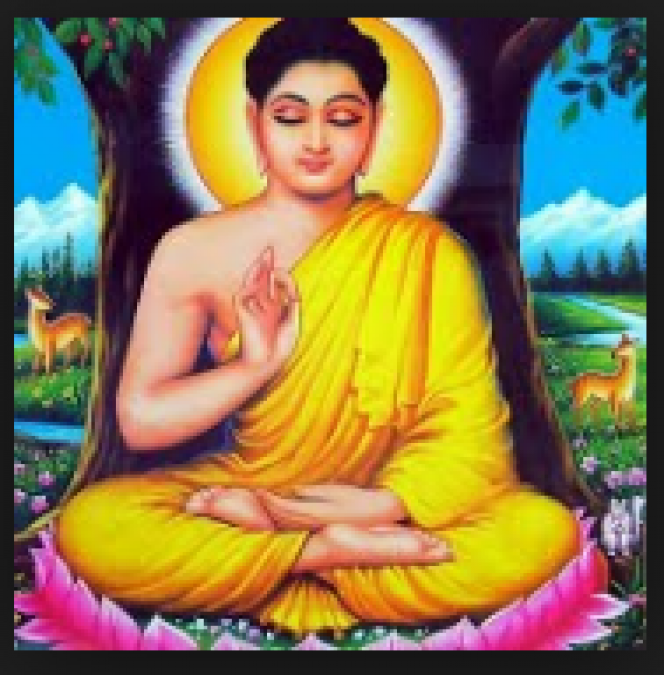
Virya paramita -- the perfection of energy -- is the fourth of the traditional six (sometimes ten) paramitas or perfections of Mahayana Buddhism and the fifth of the ten perfections of Theravada Buddhism. What is the perfection of energy? First, let's look at the Sanskrit word virya. It comes from vira, a word from an ancient Indo-Iranian language that means "hero." In Sanskrit, virya came to refer to the power of a great warrior to overcome his enemies. The English word virile evolved from virya.
Today, virya paramita is translated as the perfection of zeal, the perfection of enthusiastic effort, and the perfection of energy. It also connotes a courageous or heroic effort. Its opposites are sloth and defeatism. Virya can refer to both mental and physical energy. Taking care of your health is part of virya paramita. But for many of us, the mental energy is a bigger challenge. A lot of us struggle to make time for daily practice. Meditating or chanting might be the last thing we feel like doing sometimes. How do you grow mental energy?
also read Common greeting used by Muslims during Ramadan
Character and Courage
Virya paramita is said to have three components. The first component is the development of character. It is also about cultivating the courage and the will to walk the path as far as it goes, for as long as it takes. For you, this stage might involve correcting bad habits or giving up excuses. You may need to clarify commitment to the path and cultivate shraddha -- trust, confidence, conviction.
Some of the early Buddhist scholars described this stage as developing the hardness of armor to deal with adversity. However, I believe many teachers would say that the metaphor of armoring oneself against suffering is not necessarily helpful. Tibetan Buddhist teacher Pema Chodron wrote in The Wisdom of No Escape:
"It isn't easy and it's accompanied by a lot of fear, a lot of resentment, and a lot of doubt. That's what it means to be human, that's what it means to be a warrior. You go through the process of taking off the armor that you might have had some illusion was protecting you from something only to find that actually it's shielding you from being fully alive and fully awake. Then you go forward and you meet the dragon, and every meeting shows you where there's still some armor to take off. Take refuge in the courage and the potential of fearlessness of removing all the armor that covers awakeness."
Spiritual Training The late Zen teacher Robert Aitken Roshi wrote in The Practice of Perfection, "The second aspect of Virya, spiritual training, is a matter of taking one's practice in hand -- of not depending solely on the teacher or the Sangha or even the practice to do it."
Spiritual training may include learning liturgy and rituals, as well as a study of Buddhist teachings. A clearer understanding of what the Buddha taught will help build your confidence and give your practice more focus. The written works of the great teachers can inspire and move you. Of course, "book learning" can be a challenge for a lot of us. I confess I don't always have the patience for it, myself. It's also the case that, while there is a lot of information about Buddhist doctrines readily available, the quality of that information can be spotty.
The guidance of a dharma teacher can be especially helpful to direct you to use, and accurate, information. If you are just getting started, here is a list of recommended beginner Buddhist books.
also read Kuber the God of Wealth can guard your riches in this way